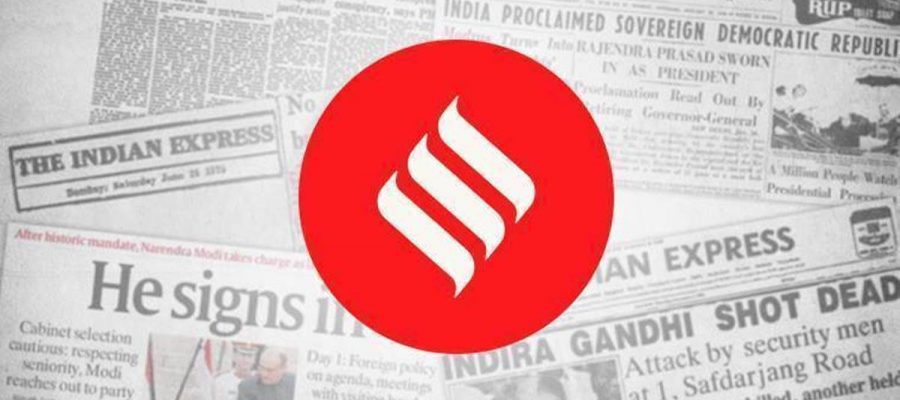Failures to distinguish between insurgents and civilians, intended and unintended, are costly. They precipitate a cycle of violence, extracting a heavy toll on the common people, especially marginalised communities
As the country has grappled with insurgencies, from Kashmir and Punjab, to the Northeast and Maoist-affected areas, the security forces have often invited accusations of strong-arm tactics and heavy-handed conduct. In such incidents, across areas of conflict, the facts can be disquietingly similar: The men in uniform claim they had no option but to open fire; the victims are then accused of being insurgents, who had launched an attack in the first place. The veracity of such accounts has been challenged in multiple cases and inquiries have revealed that a trigger-happy force had trained their guns on innocents. One such probe has found that on the night of May 17-18, 2013, the CRPF’s CoBRA unit fired 44 rounds, killing eight people, including four minors in Edesmetta in Chhattisgarh’s Bijapur district. The judicial inquiry report submitted to the state cabinet on Wednesday has concluded that none of those killed were Maoists, as was alleged by the security forces.
About 30 people had come together to celebrate a seed festival on the night of the shooting, when a 1,000-strong contingent of the CRPF showed up. The gathering, the report points out, was unarmed. The paramilitary forces had not followed marching norms, there was no intelligence behind the operations and there was no crossfire. Similar transgressions had been reported in a judicial inquiry into another incident, also in Bijapur, about a year before the Edesmetta shooting. In 2019, a one-judge commission had found that the CRPF had opened fire unilaterally, killing 17 people, seven of them minors. In conjecturing that the firing could have been a panic response of some officers to “an unexpected gathering”, the two inquiries give the paramilitary force some benefit of the doubt. But they also punch holes into the CRPF’s own investigation into the incidents. In Edesmetta, for instance, no items “recovered from the field were sent for forensic analysis”.
Failures to distinguish between insurgents and civilians, intended and unintended, are costly. They precipitate a cycle of violence, extracting a heavy toll on the common people, especially those belonging to the marginalised communities. In Chhattisgarh, 27 people were killed in a Maoist attack a week after the Edesmetta incident. But the flip side of the story, from areas that have put their insurgency-tormented past behind them — as in Punjab, parts of the Northeast, even some erstwhile Maoist bastions — is equally telling. Persuading people of their stakes in the country’s democratic process and its developmental goals has proved the most potent counter to militancy. Security forces must learn the right lessons and they must be held accountable when they don’t.
This editorial first appeared in the print edition on September 11, 2021 under the title ‘Indiscriminate force’.
Source: Read Full Article


